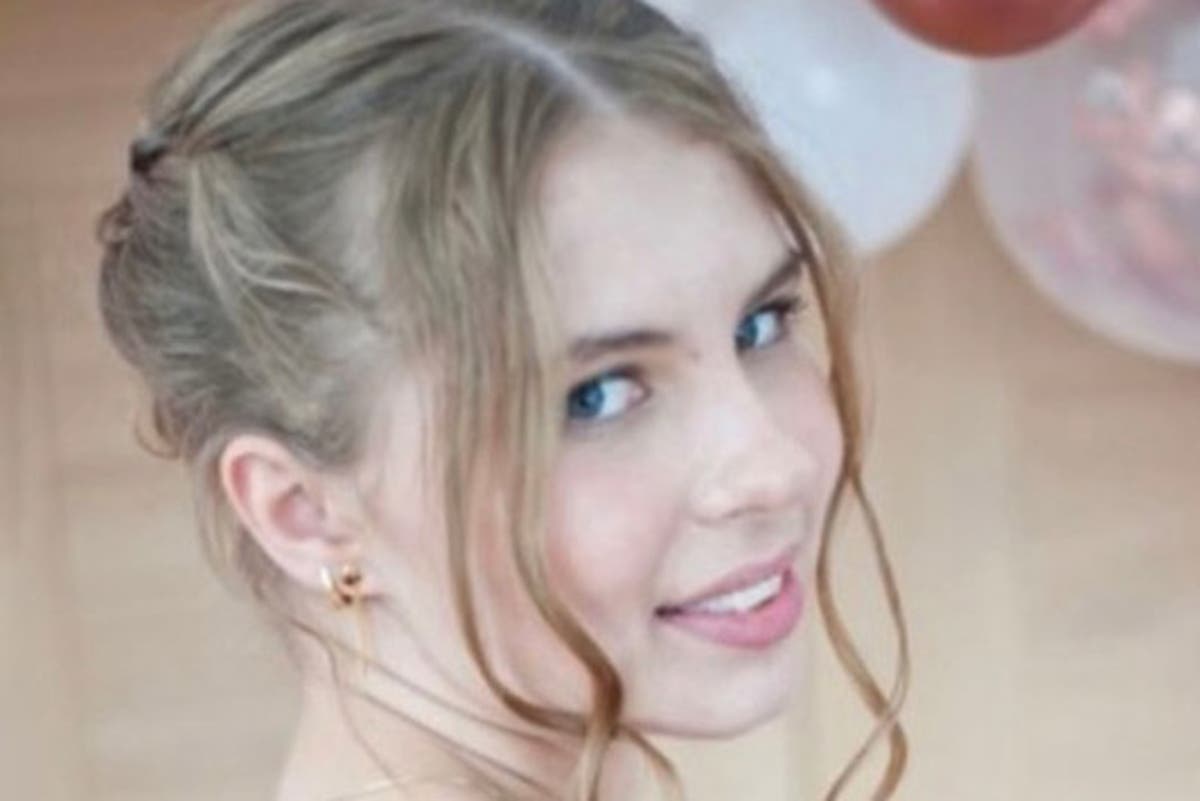
My baby girl is gone. How I’m learning to live with grief and care for her brother
LA Times“That’s a fancy baby,” a 4-year-old girl with colorful barrettes said as she walked by our stroller at a neighborhood park. You should make more.” Two tourists asked to take pictures with Evan during a Rodeo Drive outing, and a teenage girl at a Fourth of July block party texted a friend a photo she’d taken of Evan from afar that read “Cute baby I saw.” I only know because, coincidentally, she’d unknowingly sent it to a family friend. I didn’t have the heart to tell him — or any stranger we met during our strolls — that we’d been told Miss Evan would likely live only a handful of years because of an ultra-rare congenital mitochondrial disease that took doctors at UCLA’s Undiagnosed Diseases Network and Rady Children’s Institute for Genomic Medicine in San Diego nearly two years to diagnose after she was born. Even without traditional means of communication, Evan always found a way to get her point across, be it a sly side-eye; the raising of her blond, barely-there eyebrow; her hearty laugh; or, my favorite, what we call her “pout pout fish face,” a performative pursing of her lips a la Miranda Priestly from the film “The Devil Wears Prada.” We considered it Evan’s warning shot before she cried bloody murder. Lindzi Scharf and her daughter, Evan, read Cat Deeley’s “The Joy in You.” We were told Evan needed a heart transplant, but we understood that she wasn’t a candidate for several complicated reasons, among them the fact that she was already so medically fragile that she likely wouldn’t have survived the surgery and that she would have to check back into the hospital for months on end, waiting for a heart to “hopefully” arrive at someone else’s expense.
Discover Related

















































